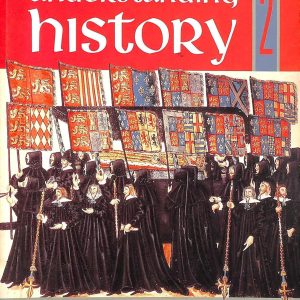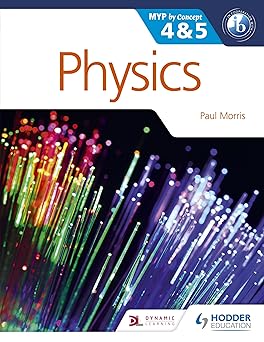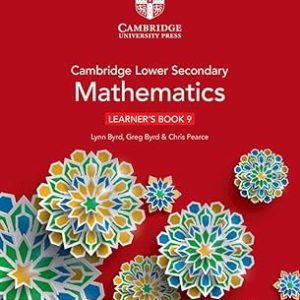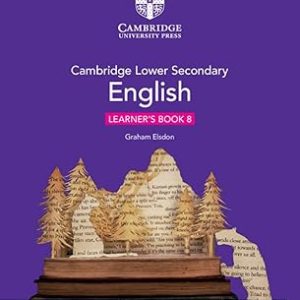Subtotal: ₹4,459.00
IGCSE BOOKS, IGCSE Physics books
Physics for the IB MYP 4 & 5
- Publisher : Hodder Education (28 August 2015)
- Language : English
- Paperback : 288 pages
- ISBN-10 : 1471839338
- ISBN-13 : 978-1471839337
- ISBN-13 : 9781471839337
₹3,295.00 ₹4,708.00
Physics for the IB MYP 4 & 5 is a textbook designed for students aged 14–16 who are following the International Baccalaureate Middle Years Programme (IB MYP). This book is tailored to meet the requirements of the IB MYP Science framework, with a specific focus on physics. It emphasizes inquiry-based learning, critical thinking, and the application of physics concepts to real-world situations.
Key Features of the Book:
- Aligned with IB MYP Framework:
- Follows the IB MYP Science objectives and assessment criteria.
- Integrates the IB Learner Profile and Approaches to Learning (ATL) skills.
- Inquiry-Based Learning:
- Encourages students to explore physics concepts through hands-on experiments, investigations, and projects.
- Promotes curiosity and independent thinking.
- Comprehensive Coverage:
- Covers key physics topics such as forces, energy, waves, electricity, magnetism, and more.
- Links physics concepts to real-world applications and global contexts.
- Problem-Solving Focus:
- Emphasizes critical thinking and problem-solving skills.
- Includes challenging tasks and open-ended questions.
- Interactive and Engaging:
- Features diagrams, illustrations, and real-life examples to aid understanding.
- Includes activities, experiments, and case studies to reinforce learning.
- Assessment Preparation:
- Provides practice tasks and questions aligned with MYP assessment criteria.
- Helps students prepare for formative and summative assessments.
Topics Covered:
The book typically includes the following units:
- Forces and Motion:
- Newton’s laws of motion, types of forces, and motion graphs.
- Momentum, friction, and circular motion.
- Energy:
- Forms of energy, energy transformations, and conservation of energy.
- Work, power, and efficiency.
- Waves:
- Properties of waves, sound, and light.
- Reflection, refraction, and the electromagnetic spectrum.
- Electricity and Magnetism:
- Electric circuits, current, voltage, and resistance.
- Magnetism, electromagnetism, and electric motors.
- Thermal Physics:
- Heat transfer, thermal energy, and temperature.
- Specific heat capacity and phase changes.
- Global Contexts:
- Links physics concepts to real-world issues such as sustainability, technology, and innovation.
How to Use the Book:
- For Students:
- Use it as a primary resource for learning and practicing physics concepts.
- Engage with the inquiry-based activities and experiments to deepen understanding.
- For Teachers:
- Incorporate the book into lesson plans and classroom activities.
- Use the exercises, experiments, and projects for formative and summative assessments.
- For Parents:
- Support your child’s learning by encouraging them to explore physics concepts and conduct simple experiments at home.
If you need more specific details about the content, experiments, or how to use the book effectively, feel free to ask!
 Understanding History Book 2
Understanding History Book 2  Cambridge IGCSE English Student’s Book by Abhinandan and Julia Burchel
Cambridge IGCSE English Student’s Book by Abhinandan and Julia Burchel 





There are no reviews yet.